by Carolyn Edlund
The world of digital art is innovative and evolving, with endless possibilities. Five artists reveal what inspires them, the techniques they use, and how they sell their work.
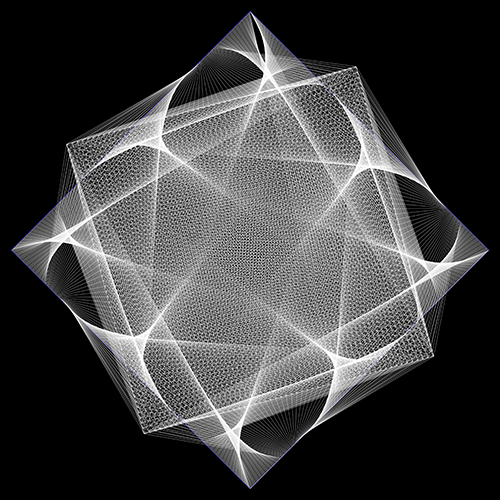
“Hypercubic” digital art by Tom Bates.
Tom Bates
My art weaves together a wide range of passions spanning nature, math, science, and the arts. It took me a long time to realize that art itself is the only way to combine all of these. My eclectic background ranges from architecture to physics and a mix of artistic undertakings. Along the way I had a career in software, but I found no real joy there. Instead, I was secretly thinking of doing artistic things with computers.
Finding I couldn’t do what I wanted with commercial graphics software, I finally wrote my own software in order to make so-called generative art—art in which at least some aspect of the process has the artist writing code. This software is the dominant tool I use to make my digital art. It allows me to interactively weave together large numbers of shapes and link their qualities and behaviors in ways that enable me to create what I could previously only imagine or roughly sketch.
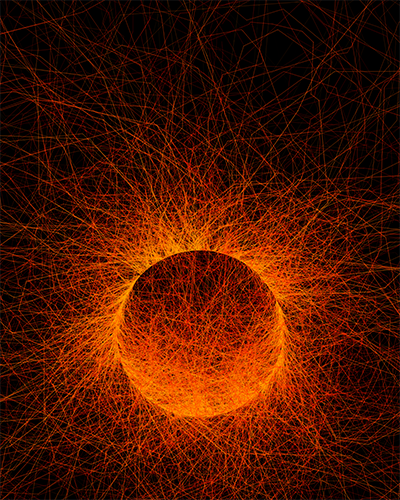
“Sizzle” digital art by Tom Bates
Though it took years to write, and will never be “finished,” it allows me to create emergent fields of light, shadow, color, depth, and form with more flexibility than commercial software. I see this as reflecting nature’s way: creating the vast variety and complexity of all that fills the world by combining staggering numbers of relatively simple elements. Think of plants and animals made of cells, stars and planets made of dust, and galaxies made of stars.
The universe is the ultimate work of art, and my art is a small homage to nature’s way. Prints of my work on paper or metal are sold privately and on my website, which names the road I finally found that was the perfect one for me to take.
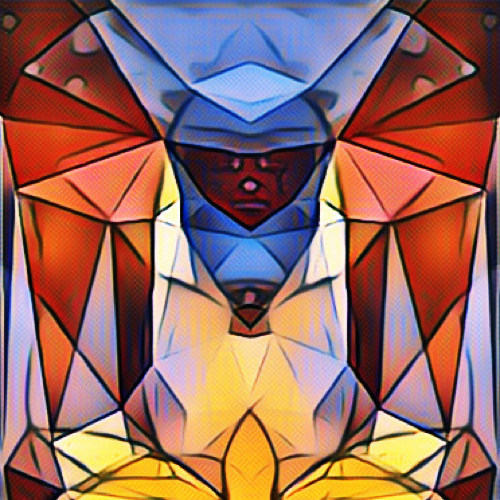
“Prayer” digital art by tannagx
tannagx
My creative process explores digital imagery using bilateral symmetry, pareidolia (seeing faces in patterns), and velvety colors via photo editing software. As a computer science student, I experienced a dimension of creativity that exists in the space between the computer screen and the code that generates a display. Photo editing effects create images as directed by their code using filters and artificial intelligence. Amazing color, beauty, and emotion can be found in those designs. These photographic image files represent abstract, contemporary, and digital forms. I call this type of art multimedia photography.
As this is my first year producing and marketing my own art, I have been experimenting with multiple formats. I started with digital downloads on my website and Etsy. After reading an article on the crypto art market, I generated NFT images on OceanSea.io. My SuperRare and Nifty Gateway applications are being drafted.
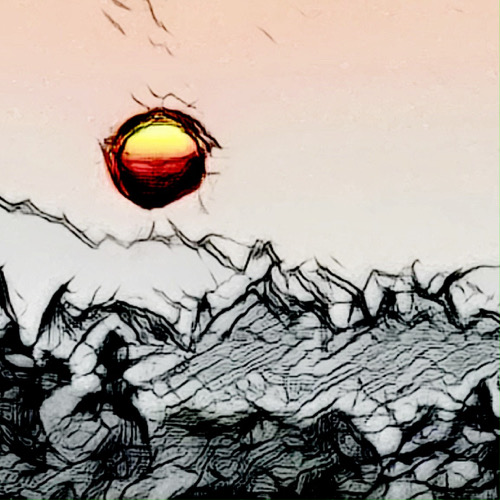
“Wildfire Sunset” digital art by tannagx
What I appreciate about the NFT genre is the certification of uniqueness and percentage of each sale that will be returned to the artist with each transaction. This is a gamechanger for artists around the world to profit from the continued resale of our work. Realizing online marketplaces take time to build a following, a selection of my framed prints are hosted at a local bagel shop; I am seeking coffee house wall space as well. Over this spring and summer, I plan to stage several openings at the bagel shop and enter a monthly community art walk.
What I consider unique about my art is the digital process and uncanny ability of photo editing software to generate compelling lifelike images and gorgeous otherworldly creatures. Often multiple faces or figures can be found hiding in each image.
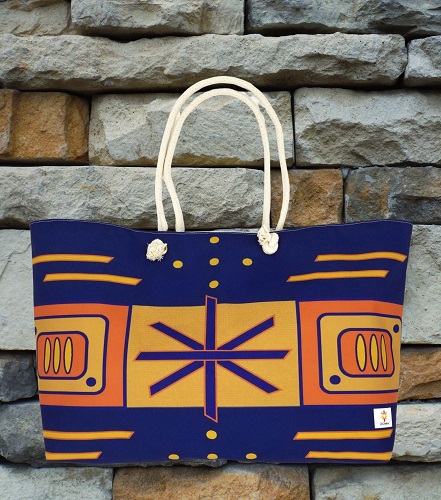
Indigo Pattern 2 Weekender Tote Bag, featuring digital art by Sharon A. Keyser.
Sharon A. Keyser
I was introduced to sewing at a young age, and realized it was textiles that excited me most. This led to researching and learning about surface design, and how I could have my original artwork printed onto fabrics as well as a variety of other surfaces. I wanted to create work that reflected my love of bold and vibrant colors, and patterns that were reminiscent of cultures that I experienced and treasured from my travels around the world.
I taught myself how to use Adobe Illustrator in order to create digital artwork to be featured on products. My themes are inspirational and affirming. I build collections that offer products that are not only useful in one’s everyday life, but are also empowering and uplifting in their design and message.
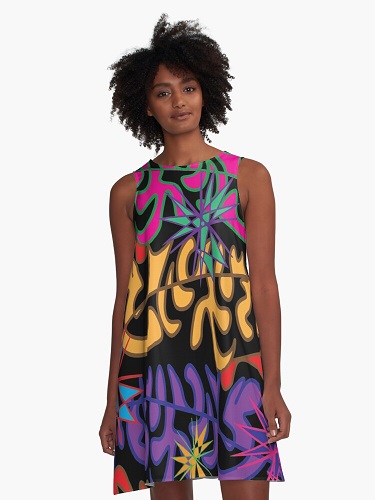
“Glow” Tunic Dress, featuring digital art by Sharon A. Keyser
My work focuses primarily on fashion, handbags and accessories. The creative process begins with an idea for a new design and a rough sketch on paper. I recreate the image using Adobe Illustrator. Once satisfied with the work, I select the product on which it will be printed. Items such as coats and jackets are sewn using my original clothing patterns. First the art is printed onto fabric, after which a contract sewer produces the final product. For other apparel items, handbags and accessories, I work with companies that provide print on demand services. My artwork is printed directly onto the items they produce.
I’m the owner of SKCreations, LLC. My products are sold through my company website, and is available for purchase through various social media outlets. I also sell at in-person artist events. I hope to license my work, and will soon be offering digital downloads for prints.
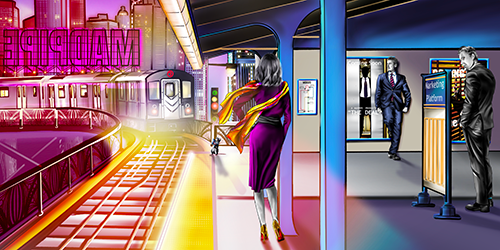
“Rainbow Light” digital artwork by Melissa Whitaker
Melissa Whitaker
Working in a digital medium is more compact and less messy than physical painting (less workspace, but less paint getting splattered all over me and the studio). The same knowledge of anatomy, lighting, underpainting, and producing a painting layer by layer still apply. Digital is another medium in my studio. It incorporates the traditional style of making art with my crazy love of technology.
I use the Procreate application on a large iPad to create most of my work. Procreate limits the number of layers that can be used based on the size of the canvas that I create. At first I thought this was inhibiting, but it causes me to compose illustrations more efficiently. Now I break my art down by background, characters and objects, produce each one in a separate file, and arrange components on top of the background.
Sometimes I create art to insert into the illustration, like a picture hanging on a wall. My clients say it’s one of my signature traits. It can be a little wink of a visual joke or small finishing touches for style—the way a boutique hotel might do, because they don’t want to be another Marriott.
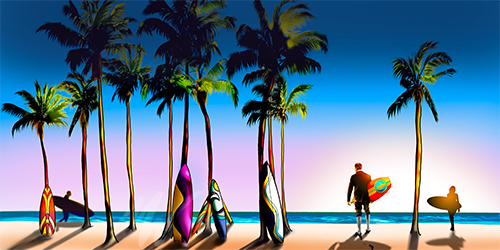
“Surf’s Up” digital artwork by Melissa Whitaker
The past few years, I have been illustrating for business websites to help tell their company story. So much of the web looks generic to me. My illustrations produce an intimate view on their site with artistic likenesses of authentic individuals who work in the company, set against a very colorful background that pops off the screen.
I deliver the separate pieces and the composite image to the client via Dropbox in PNG, SVG, JPG or PDF formats. Delivering separate files from the composition gives clients the versatility to use not only the commissioned illustration, but also separate elements created for it.
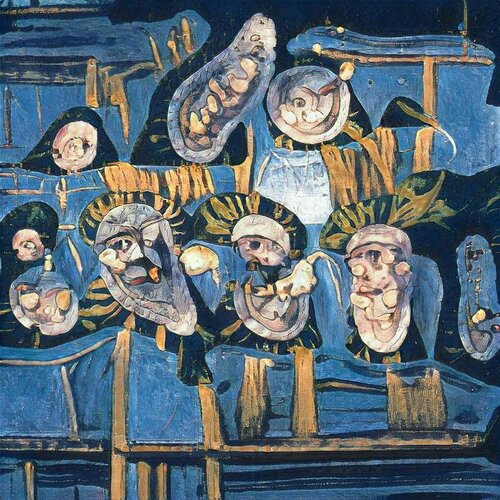
“Voyage” giclee print of digital artwork made with artificial intelligence by Bridie Hinton
Bridie Hinton
My artwork is a collection of unique abstract digital prints created using artificial intelligence (AI). It reveals insights into the world around us that would otherwise be hidden.
I have been involved in machine learning and AI since I studied for my MSc at Loughborough University almost 20 years ago. My mathematical models have been used widely, from keeping oil rigs safer in the North Sea to calculating yields from government debt. It may be surprising to know that such technical fields are full of human creativity. What is created can often be profoundly beautiful and wholly benevolent.
I moved back to Ireland a few months ago and now live in Connemara on the remote west coast. I work in my tiny digital art studio which looks out on the Atlantic. The landscape, people and culture of this ancient place is inspirational.
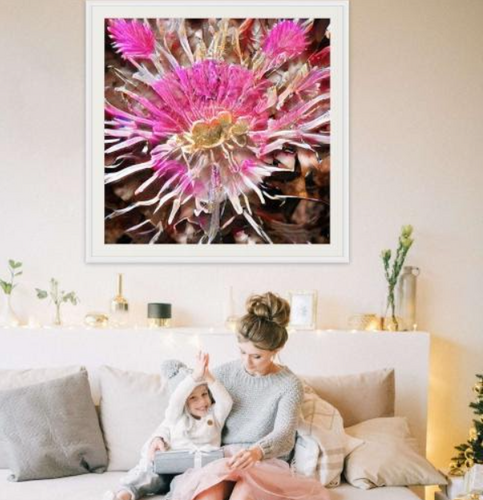
“Thistle” limited edition digital art printed on silk and made with artificial intelligence by Bridie Hinton
AI assisted art is emerging as a momentous art movement. It has produced distinctive, compelling and thought-provoking visual arts. The branch of AI I work with “learns” about the form and structure of digital images and how they can evolve into one another. This evolution is captured to reveal something very original.
The artwork displayed here is created using a palette of thousands of digital images. Each piece is blended and re-blended hundreds of times. At each iteration, the eye of a discerning artist is needed to guide the machine’s exploration and choices. The completed artwork has the visual DNA of hundreds of thousands of digital images.
All my artwork is available for sale through my website. Every print is professionally printed in England to the highest fine art standards using high quality digital or giclée inks. I want my work to be cherished and shared, inspiring debate about AI creativity and art.


Melissa Whitaker, your artwork is amazing!